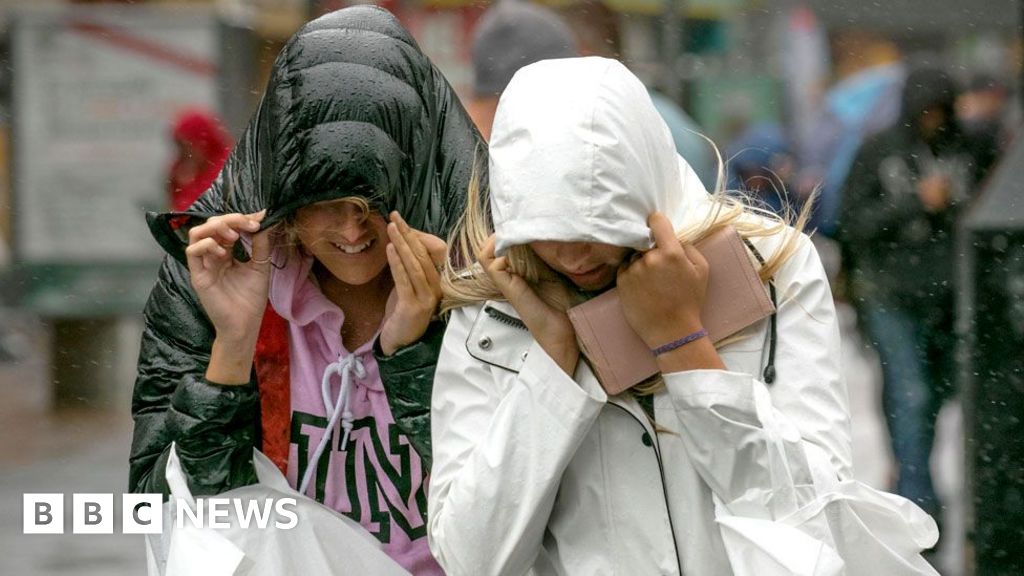Spain is also brave enough to cite one major difference in the coverage of men’s and women’s sports.
“Women’s sports can only catch up if there’s sophisticated, critical coverage,” she said. “Fans have to care about more than the game being a good experience. They actually have to care about the sports part of it, which is about winning and losing.”
That’s a point I’ve made. Women’s sports deserve more coverage, but women’s sports teams are rarely comfortable with the results of more coverage — more criticism, more speculation, tougher questions and demands for more access.
The NFL became the pre-eminent sports league in North America when it placed its fans on a 12-months-a-year diet of information, pseudo-information, speculation and debates. Women’s sports need to be about more than good vibes and intentions.
“I still remember Prince being a fan of the Lynx, and wanting to party with them,” Spain said. “That’s the kind of authentic, organic stuff you need for people to say, ‘Oh, yeah, that’s cool.’ Unfortunately, I don’t love the way a lot of our Chicago teams have marketed themselves.
“It’s the old-school notion of infantilizing your little girl who’s all grown up. There’s not enough coolness to that. In a city like Chicago, where there are a million things to do, the families are going to show up. If you make it cool, the families will still be there and it will become more of a social option for everyone else.”








 English (US) ·
English (US) ·